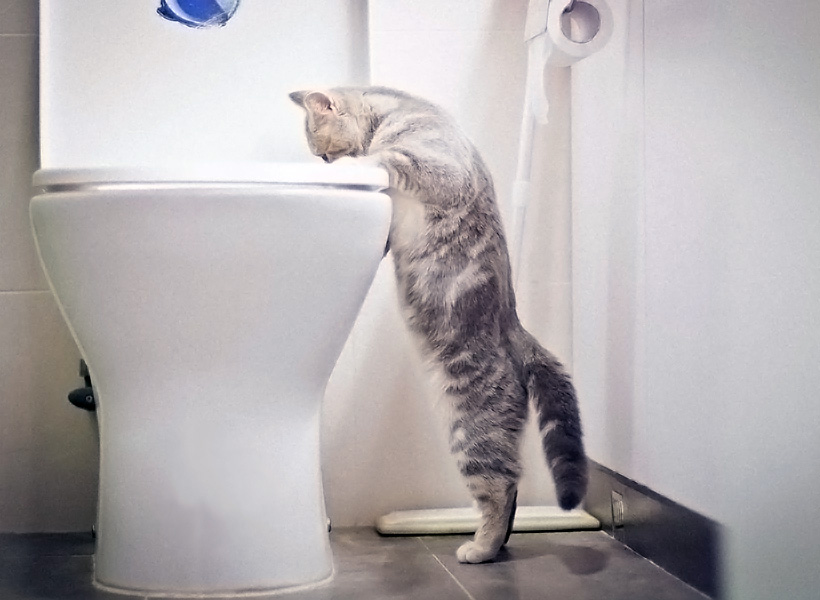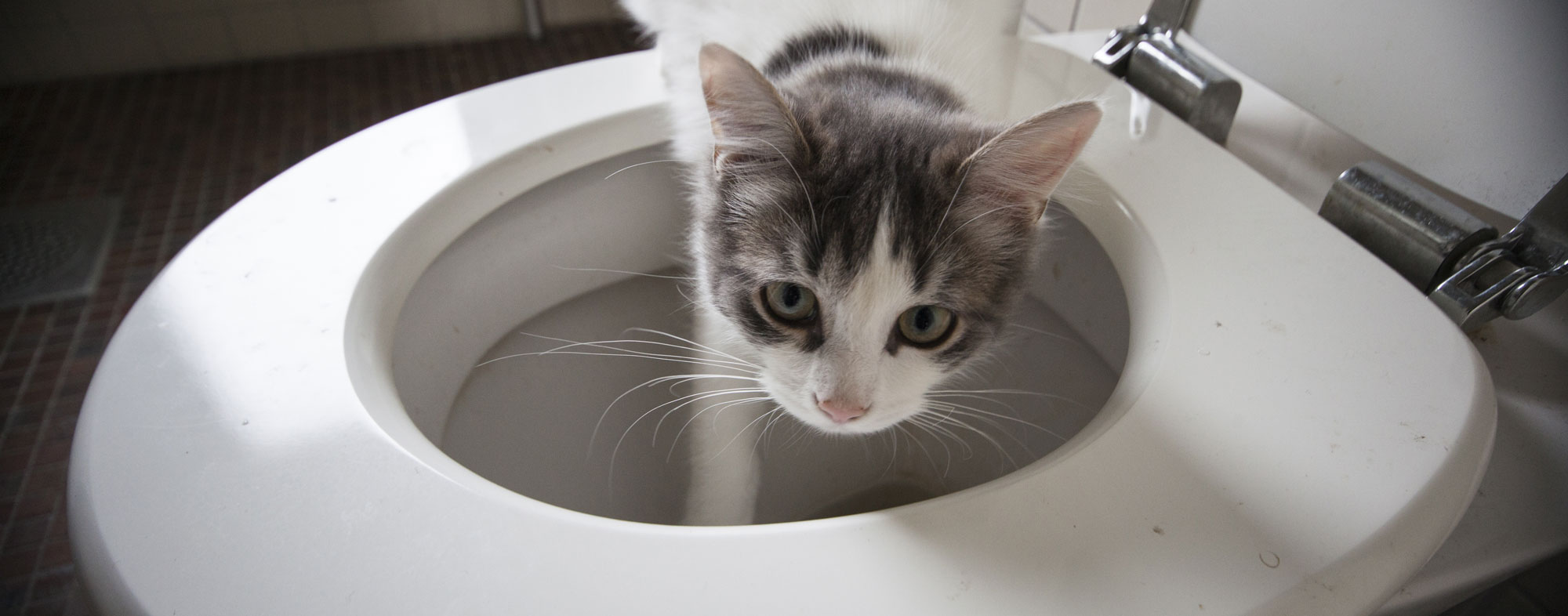We have uncovered this post involving How to Dispose of Cat Poop and Litter Without Plastic Bags listed below on the internet and thought it made sense to discuss it with you on my blog.

Intro
As pet cat proprietors, it's important to be mindful of exactly how we deal with our feline pals' waste. While it may appear hassle-free to flush pet cat poop down the toilet, this method can have destructive consequences for both the environment and human health and wellness.
Alternatives to Flushing
The good news is, there are safer and much more liable means to deal with feline poop. Take into consideration the following alternatives:
1. Scoop and Dispose in Trash
The most typical method of disposing of pet cat poop is to scoop it right into a biodegradable bag and throw it in the garbage. Make certain to use a dedicated litter inside story and get rid of the waste quickly.
2. Use Biodegradable Litter
Go with eco-friendly pet cat trash made from materials such as corn or wheat. These clutters are eco-friendly and can be securely disposed of in the trash.
3. Bury in the Yard
If you have a lawn, think about burying pet cat waste in a designated area far from veggie gardens and water sources. Be sure to dig deep enough to avoid contamination of groundwater.
4. Mount a Pet Waste Disposal System
Purchase a pet dog garbage disposal system specifically made for cat waste. These systems utilize enzymes to break down the waste, reducing odor and ecological effect.
Health Risks
Along with environmental concerns, purging pet cat waste can likewise pose health threats to people. Cat feces may include Toxoplasma gondii, a parasite that can create toxoplasmosis-- a potentially serious health problem, specifically for pregnant ladies and people with weakened immune systems.
Environmental Impact
Purging pet cat poop introduces hazardous pathogens and parasites right into the supply of water, positioning a considerable threat to aquatic communities. These pollutants can negatively impact aquatic life and concession water high quality.
Final thought
Responsible pet ownership prolongs beyond offering food and sanctuary-- it likewise involves correct waste administration. By refraining from flushing pet cat poop down the bathroom and going with different disposal approaches, we can lessen our ecological footprint and protect human wellness.
Why Can’t I Flush Cat Poop?
It Spreads a Parasite
Cats are frequently infected with a parasite called toxoplasma gondii. The parasite causes an infection called toxoplasmosis. It is usually harmless to cats. The parasite only uses cat poop as a host for its eggs. Otherwise, the cat’s immune system usually keeps the infection at low enough levels to maintain its own health. But it does not stop the develop of eggs. These eggs are tiny and surprisingly tough. They may survive for a year before they begin to grow. But that’s the problem.
Our wastewater system is not designed to deal with toxoplasmosis eggs. Instead, most eggs will flush from your toilet into sewers and wastewater management plants. After the sewage is treated for many other harmful things in it, it is typically released into local rivers, lakes, or oceans. Here, the toxoplasmosis eggs can find new hosts, including starfish, crabs, otters, and many other wildlife. For many, this is a significant risk to their health. Toxoplasmosis can also end up infecting water sources that are important for agriculture, which means our deer, pigs, and sheep can get infected too.
Is There Risk to Humans?
There can be a risk to human life from flushing cat poop down the toilet. If you do so, the parasites from your cat’s poop can end up in shellfish, game animals, or livestock. If this meat is then served raw or undercooked, the people who eat it can get sick.
In fact, according to the CDC, 40 million people in the United States are infected with toxoplasma gondii. They get it from exposure to infected seafood, or from some kind of cat poop contamination, like drinking from a stream that is contaminated or touching anything that has come into contact with cat poop. That includes just cleaning a cat litter box.
Most people who get infected with these parasites will not develop any symptoms. However, for pregnant women or for those with compromised immune systems, the parasite can cause severe health problems.
How to Handle Cat Poop
The best way to handle cat poop is actually to clean the box more often. The eggs that the parasite sheds will not become active until one to five days after the cat poops. That means that if you clean daily, you’re much less likely to come into direct contact with infectious eggs.
That said, always dispose of cat poop in the garbage and not down the toilet. Wash your hands before and after you clean the litter box, and bring the bag of poop right outside to your garbage bins.
https://trenchlesssolutionsusa.com/why-cant-i-flush-cat-poop/

As a keen reader on Can You Flush Cat Poop Down The Toilet?, I assumed sharing that piece of content was essential. Do you know someone else who is interested in the niche? Be sure promote it. I cherish reading our article about Can You Flush Cat Poo or Litter Down the Toilet?.
Click Here